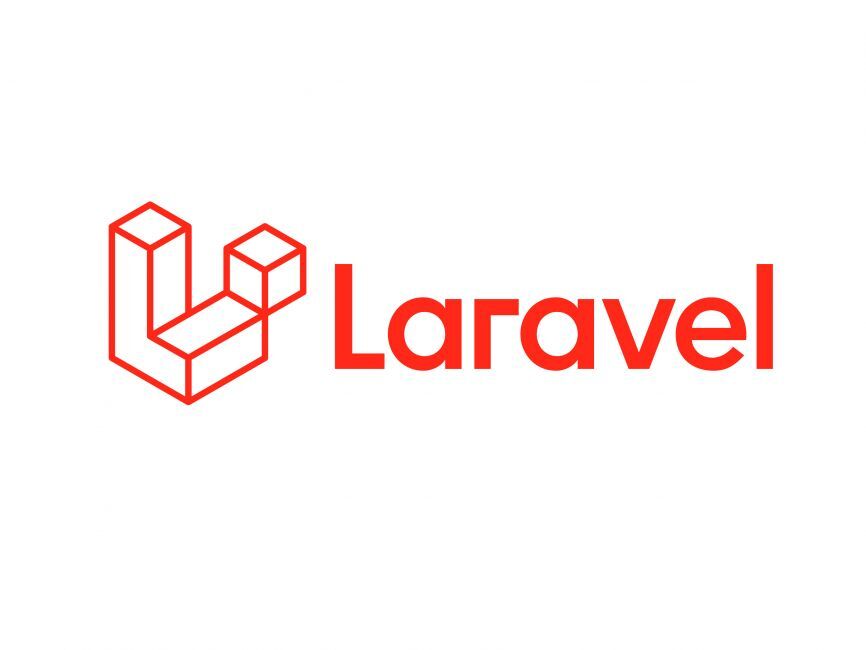Firstly, a conversion rate is the percentage of users who complete a desired goal or action set up by your business. For example, one of your goals may be for a website user to sign up to your newsletter or make a purchase. Therefore, conversion rate optimisation (CRO) is the process of increasing the percentage of users who complete a desired action.
This article will dive into why conversion rate optimisation is important for your business and what actions you can take to maximise conversion rates and improve your revenue.
Why is conversion rate optimisation important?
Taking the time to optimise your website for conversions can be very rewarding for your business, CRO can help to:
Gain a better insight into your customers
It is important to understand your customer’s needs to determine the best way to communicate your products/services. CRO will help you to figure out who the right customers are...remember, it’s not always about the numbers; making the effort to establish who your audience is and who is most likely to convert will allow you to market your brand more effectively.
Enhanced user experience
Optimising your website’s design and functionally by analysing what currently works well and what can be revised can improve user experience (UX). Engaging and user-friendly web pages is what makes for successful CRO as users will be more likely to remain on a site that is easy to navigate and appeals to their needs.
Increase your ROI (return on investment)
You can increase your ROI with CRO as you are actively improving your website’s resources which can lead to more conversions and transactions. Making changes to your website that will help lead to goal completions such as signing up new leads or product purchases can therefore increase your ROI.
Gain trust from your customers
You need to work on making your website look professional and trustworthy if you stand a chance in converting a sufficient number of customers. If a potential customer feels that they can trust your company based on your website, you are more likely to see an increase in revenue and completed goals.
Examples of conversions
As mentioned, a conversion is another way of referring to a website’s goal being completed. There are many types of conversions as they depend on what the business’s goals are. Some examples of conversions are:
- Transactions and product purchases
- A request for a quote
- A subscription to a service
- A sign-up for emails or newsletters
- The creation of a user account
- Products being added to a shopping cart
Some of these conversion examples are what we call micro conversions. To explore this concept further read this blog post from our Strategy Director, Kherrin.
How can you optimise conversion rate?
Firstly, it is important for you to determine who you are optimising your site content for, what you should focus on optimising and where you should do this. Trying to optimise your conversion rates without conducting thorough research and analysis may lead to missed opportunities and waste precious time, effort and money. Here’s some tips on how you can optimise your conversion rate:
Use data to inform your CRO tactics
You should analyse data to see how customers are currently engaging with your website to better understand their behaviour so that you can highlight key areas of improvement. Keep an eye on:
- Who the customers are (such as their age and interests)
- What devices they are using to access your website (if you find that the majority of traffic is coming from mobile devices then you can ensure you spend your time and effort on improving the UX for mobiles devices.
- At what point users are leaving your site and abandoning your conversion funnel (do some digging and find out if there is an issue with this page such as a 404 error).
- Which pages and products users are spending the most time on
- Where users are entering your site (are they landing on your most important pages?)
Communicate with your customers
Find out from customers themselves what is working on your website and what could do with improving. You could ask for feedback via an online survey or live chat to gain a valuable insight which will not only lead to site improvements, but can also improve customer satisfaction and loyalty.
Up your UX game
As we’ve mentioned, improving UX helps to make your website engaging and user-friendly, working to keep customers on your site for longer and encouraging goal conversions. You could look into:
- Sorting your product/service categories by popularity
- Improving navigation - if your site is not easy to navigate and users struggle to find what is relevant to them, you could lose them! Keep an eye on the bounce rate of your pages and ensure that what your business has to offer is clear to see.
- Using a heat mapping tool such as Crazy Egg to understand how customers use your site and what they are interacting with.
- Ensuring that links are valuable to the users
- Featuring add to cart buttons
- Showcasing top-selling products, services or successful case studies - this will help to make your website look more trustworthy, professional and can lead to more conversions as users can see what products are popular and recommended.
Conduct tests to observe any website changes
You should aim to test out any changes made to your website which have been designed for CRO. Monitoring how these alterations are impacting your conversion rate in comparison to the site before changes were made will allow you to see if these methods are working and what you can do to further optimise your conversion rate. Here are some ways you can test these alterations:
A/B testing
The A/B testing CRO method is great for testing out any minor changes that you have made to your website so that you can monitor differences in your site’s performance. It consists of monitoring two variables to observe which is more effective for user conversions.
Split testing
This is similar to A/B testing and can be used to experiment with different web pages to discover what the most effective design, layout, and user journey is to improve conversions.
Multi-variate testing
This form of testing can test out many different experiments at once to pin-point the most efficient variations so that campaign performance can be optimised.
CRO, what to avoid
Not all methods of CRO are effective and the following are non-data related approaches to CRO which you should avoid:
- Applying CRO methods that your competitors are doing (unless you analyse this approach and find it to be effective). Doing something just because someone else is is not necessarily going to work as you don’t know how successful their techniques are in terms of achieving conversions.
- Assuming what works and making changes based on guesses - It is far better to analyse the data and hard-facts rather than what you feel will lead to conversions.
Essentially, you need to avoid CRO methods which are not driven by data if you don’t want to waste your time and see positive results from your CRO.
Which pages benefit from CRO?
CRO can apply to any page of your website but there are certain pages that can really benefit from CRO, including:
Homepage
Your homepage is usually your first impression on an online user so it is worth making this attractive, engaging and easy to understand. Showcasing your top-selling products and services or even using a chat bot to encourage users to ask questions can greatly improve UX and influence conversion rates.
Landing pages
These pages are designed for users to take actions so it is important for them to appeal to the user’s needs. For example, if you are trying to sell tickets to an event, you could look to include reviews of the previous year’s event along with videos that inspire the user to make a purchase.
Blog
Blogs are fantastic opportunities to provide insightful information about your products and services to users. Furthermore, optimising your content for SEO (search engine optimisation) will help to get your website on the SERP (search engine results page) and if your content is relevant, users may spend longer on your site and you may see more goal conversions.
What is considered a good conversion rate?
What is considered to be a good conversion rate will vary across businesses and their industries. According to a study by WordStream, a good conversion rate is between 2-5%, that said, you could also argue that a good conversion rate is one which is an improvement on the month prior. Essentially, what you should set as a conversion rate goal will be based on what your business’s personal goals are. For example, if you have a high conversion rate for customers adding products to their shopping carts, this is not necessarily a good metric as customers may not reach your checkout page and make a purchase. It is therefore essential for you to determine which goals to focus on optimising and monitoring.
Looking to optimise your conversion rates?
If you’re looking to optimise your business’s conversion rates, we’re here to help! Take a look at our CRO services and find out how we can help to improve your website goal completions and transactions.





